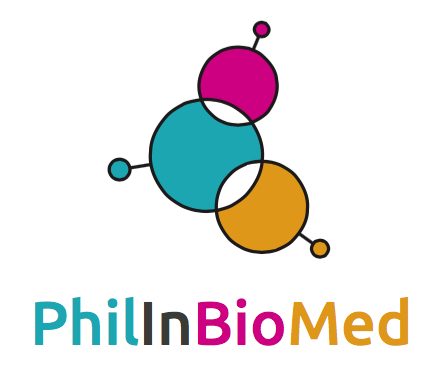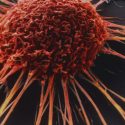CONCEPTS IN CANCER SEMINAR SERIES
Gabriele Bergers
VIB-KU Leuven Center for Cancer Biology
Department of Oncology, KU Leuven
Crosstalk of the vascular and immune system in Cancer
Abstract:
Sustained angiogenesis and immune suppression are hallmarks of cancer. There is increasing evidence that these two phenotypes are interconnected and facilitated by shared regulators not only during normal physiological processes, but also in cancer.
Tumors modify the homeostatic tissue repair program to their advantage by converting immune cells from an immunestimulating to an immunosuppressive and angiogenic phenotype and keeping blood vessels immunosuppressive. In line with the dual function of VEGF as a potent angiogenic and immune-suppressive factor, we had found that the efficacy of angiogenic inhibitors targeting the VEGF/VEGFR pathway hinged on their ability to induce an immune-stimulatory milieu in tumors by repolarizing innate immune cells to a Th1 phenotype, and that this capability dictated the degree of therapeutic response. Tumors in turn reacted to angiogenic blockade by producing factors that activated PI3K (g/d) signaling in intratumoral innate immune cells which converted them back into an immune suppressive and angiogenic state, and importantly disabled repolarization thereby rendering tumors resistant to anti-angiogenic therapy. More recently we discovered that the immunosuppressive relapse is also caused by upregulation of PD-L1, the ligand of the negative checkpoint regulator PD-1 found on T-cells, providing an adaptive immune-suppressive mechanism that limited the efficacy of anti-angiogenic agents. Using a combination of vascular and immune-modulating inhibitors, we were able to induce high endothelial venules (HEV) in tumors that are normally specialized to facilitate lymphocyte trafficking in lymphoid organs. HEV induction lead to the formation of tertiary lymphoid structures (TLS), centers of mixed immune infiltrates, that attacked tumor cells and elicited enhanced survival benefits.
Invitation : Andreas Bikfalvi – Inserm U 1029

